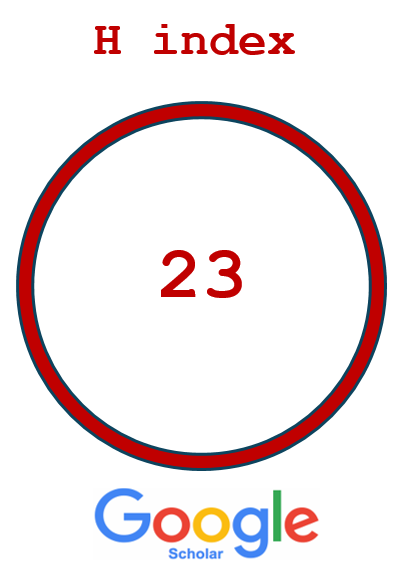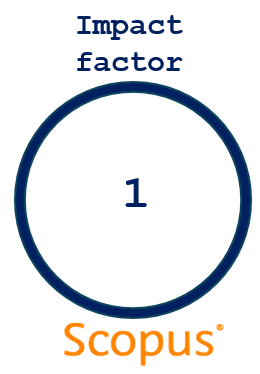ACTA Pharmaceutica Sciencia
2025 , Vol 63 , Num 3
Assessing the anticancer potential of propolis and polyphenolic compounds in combination: An in vitro approach
1 Izmir Katip Çelebi University, Faculty of Pharmacy, Department of Pharmacognosy, Izmir, Türkiye2 Izmir Katip Çelebi University, Faculty of Pharmacy, Department of Pharmaceutical Toxicology, Izmir, Türkiye
DOI : 10.23893/1307-2080.APS6332 Viewed : 1580 - Downloaded : 655 This study aimed to evaluate the in vitro anticancer activity and possible synergism of ethanolic propolis extract combined with quercetin, hesperidin, and hesperetin. Propolis (EEP) was extracted with ethanol and analyzed via highperformance liquid chromatography (HPLC), confirming major phenolic constituents. Quercetin, hesperidin, and hesperetin were tested individually and in combination with the extract. Cytotoxicity was assessed on MCF-7 using the MTT assay. The chemical composition of the EEP was characterized by the identification of 17 phenolic and flavonoid compounds. Among these, caffeic acid phenethyl ester was the most abundant constituent, with a concentration of 5733.58 µ g/mL. When applied alone, quercetin reduced MCF-7 cell viability to 59% at 31.25 µ g/mL, 38% at 62.50 µ g/mL, and 11% at 125.00 µ g/mL. Coadministration with EEP significantly enhanced the cytotoxic effect, reducing viability to 28%, 22%, and below 10% at the respective concentrations. The lowest combination index (CI) value, calculated as 1.06 (50 µ g/mL propolis + 31.25 µ g/mL quercetin), indicated a nearly additive interaction, while higher concentrations resulted in antagonistic effects. Keywords : polyphenolic compound, propolis, anticancer effect, quercetin, hesperetin





